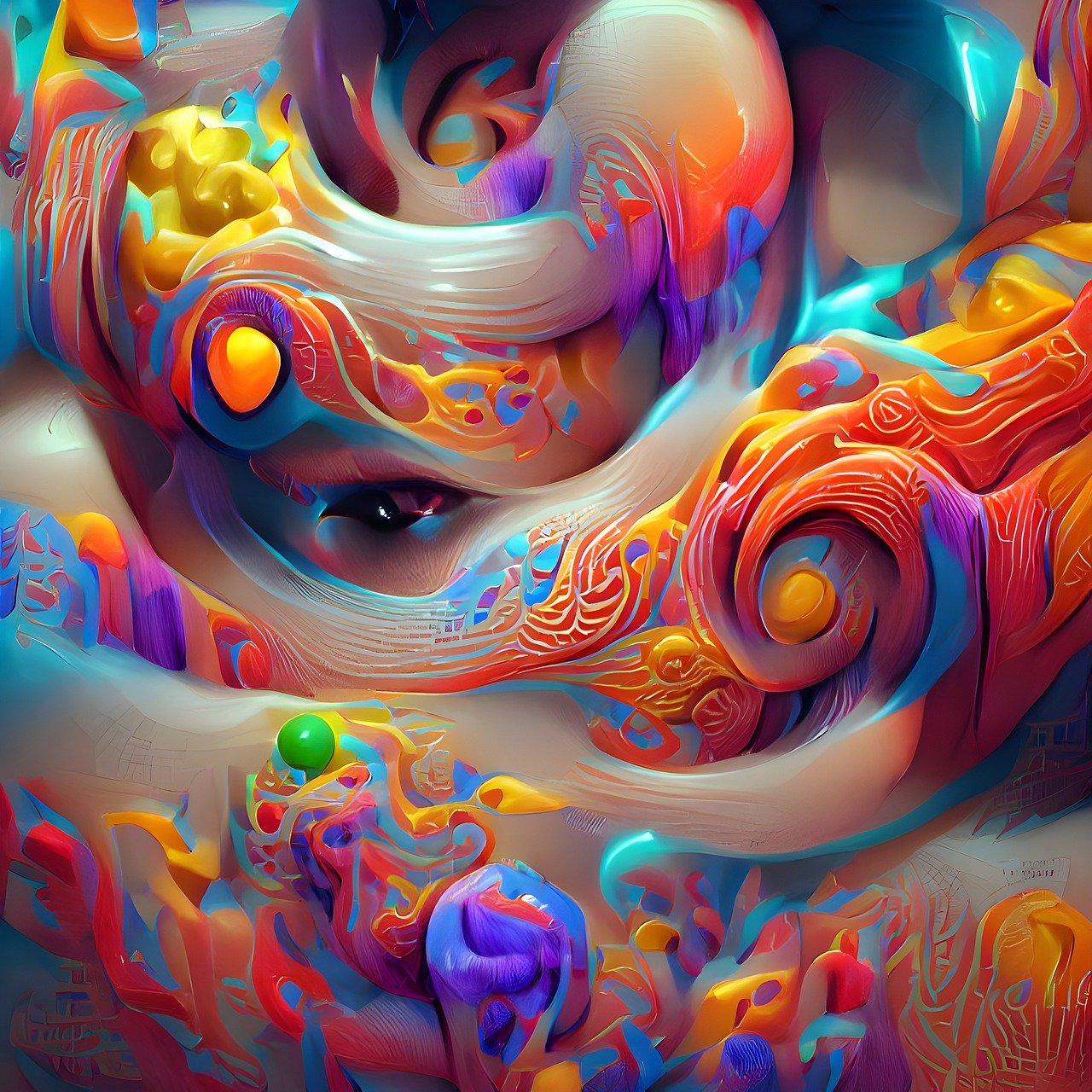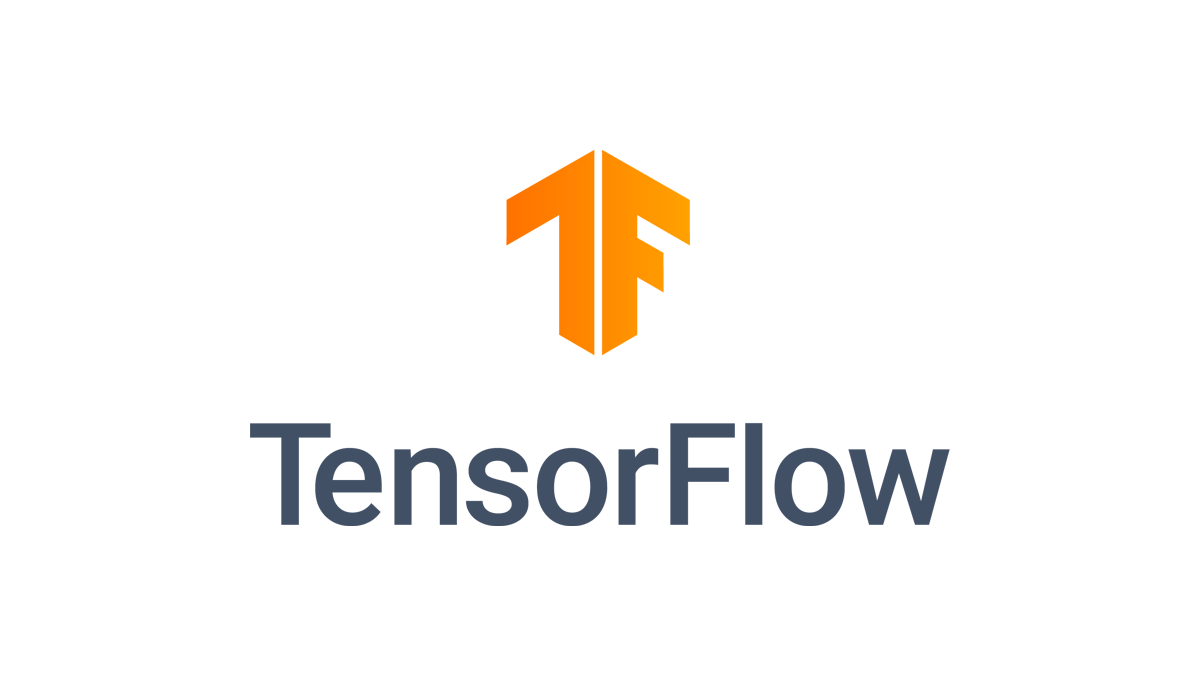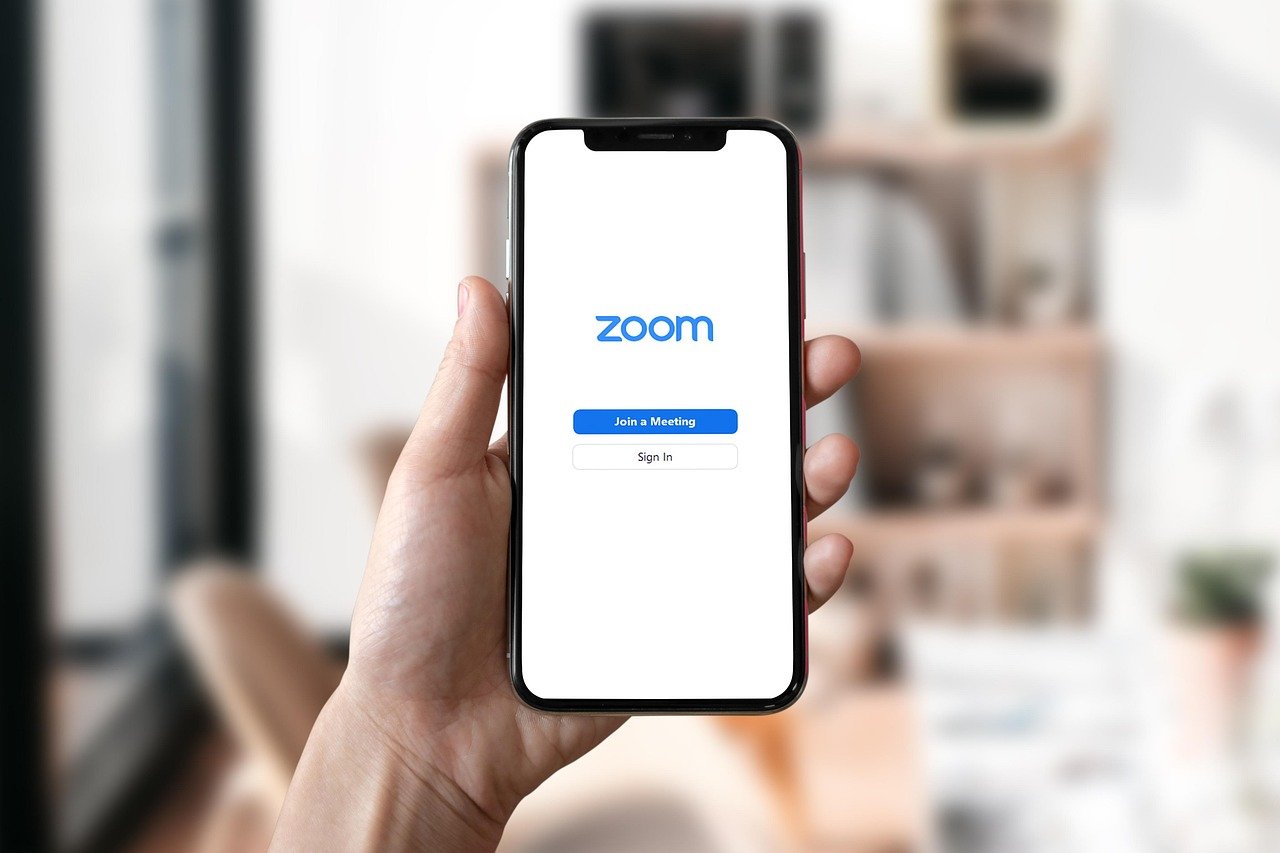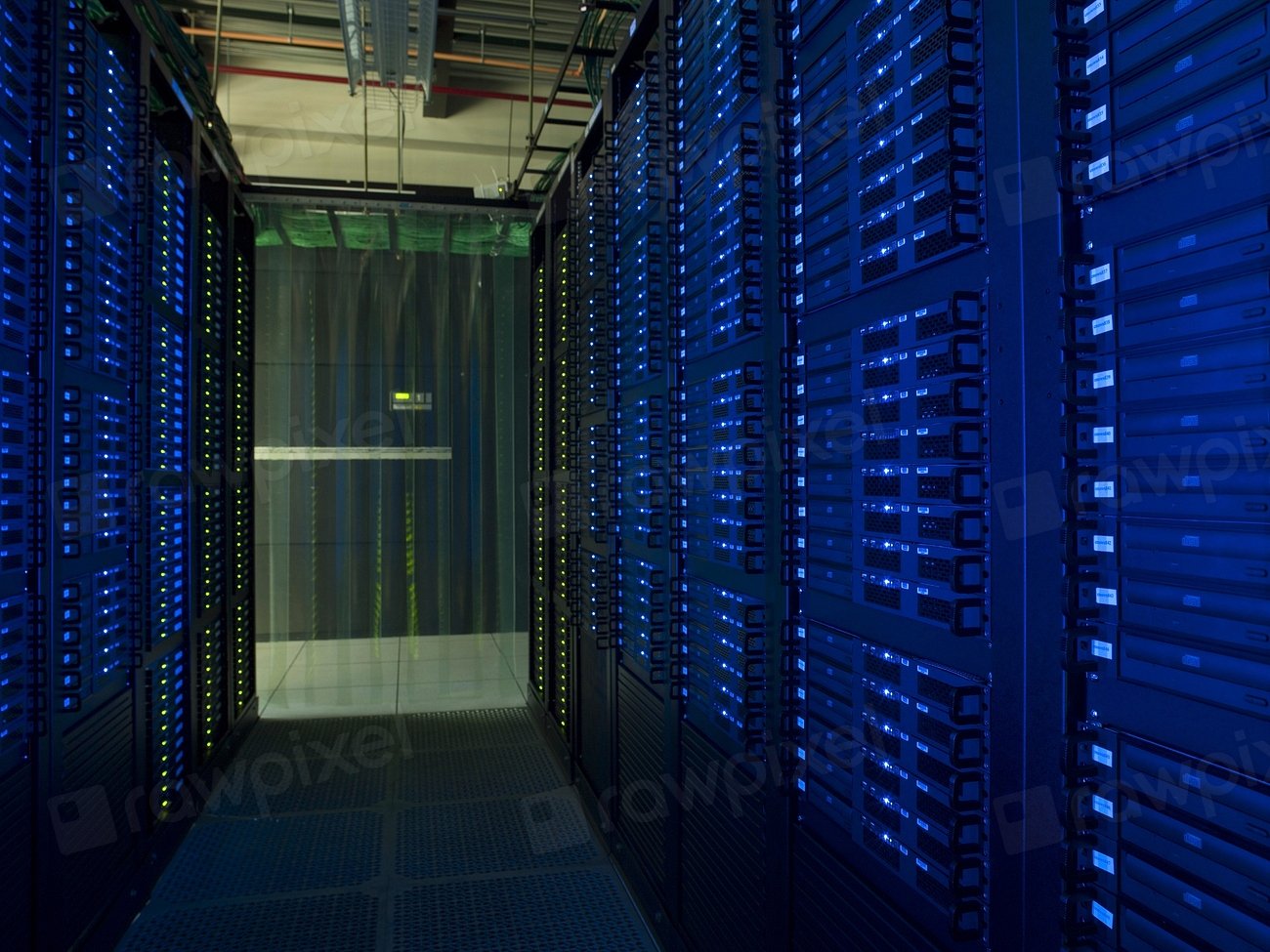ChatGPT: The Conversational AI Revolution
ChatGPT has completely shaken up the way people interact with computers. Created by OpenAI, this tool can hold conversations that feel so natural, you might forget you’re talking to a machine. As of late 2023, more than 100 million people are using ChatGPT every month—a number that reflects just how much it’s become a staple in daily life. Writers, businesses, students, and developers are all turning to ChatGPT to draft emails, brainstorm ideas, and even automate customer service. Its uncanny ability to pick up on context and subtlety makes it more than just a chatbot; it’s a digital partner for creative and professional tasks. The integration of ChatGPT into platforms like Microsoft Word and Excel means it’s now woven into the fabric of everyday productivity. People are constantly surprised by its flexibility: from helping a novelist break through writer’s block to summarizing dense legal documents, ChatGPT proves that AI is more helpful—and more human—than ever.
DALL-E 2: The Art of AI

DALL-E 2 is changing how we think about creativity in the digital age. Developed by OpenAI, this tool takes simple written descriptions and instantly turns them into vivid, original images. Imagine typing “a futuristic city skyline at sunset, in watercolor” and watching DALL-E 2 create a work of art in seconds. Since its debut, over 3 million users have tapped into its imaginative power, from designers crafting ad campaigns to teachers making classroom materials more engaging. The tech world is buzzing about how DALL-E 2 blurs the line between artist and algorithm. It’s not just about making pretty pictures—industries like entertainment and marketing are using DALL-E 2 to develop storyboards, product concepts, and even unique social media content. The tool’s ability to generate visuals that never existed before is both thrilling and a little uncanny, pushing the boundaries of what technology can do for creative minds.
Notion: The All-in-One Workspace
Notion has quickly become the Swiss Army knife of productivity tools. It combines notes, databases, calendars, and project management into a single, customizable workspace. With over 20 million users worldwide, Notion is especially popular among startups and tech-forward companies looking to streamline their workflow. Teams can build tailored solutions for everything from tracking tasks to managing product launches—all without writing a single line of code. Its drag-and-drop interface makes it accessible, while its powerful integrations with Google Drive, Slack, and even Zapier mean it can fit into nearly any workflow. Notion’s collaborative features allow teams to comment, assign tasks, and update documents in real time, eliminating endless email chains and version confusion. As remote and hybrid work becomes the norm, Notion’s ability to centralize information and foster collaboration has made it a vital tool for modern organizations.
TensorFlow: Powering Machine Learning

TensorFlow stands as the backbone of countless AI applications powering the digital world. Developed by Google, it’s an open-source framework that makes building and deploying machine learning models accessible to everyone from students to seasoned engineers. More than 1.5 million developers rely on TensorFlow for projects ranging from speech recognition to medical imaging. Its comprehensive ecosystem includes tools for data visualization, model training, and deployment, allowing users to move seamlessly from experiment to production. Companies in healthcare, finance, and autonomous vehicles are leveraging TensorFlow to solve problems that were once thought impossible. Its flexibility means it’s equally at home running on a smartphone or powering massive cloud-based AI systems. By making complex machine learning approachable, TensorFlow is quietly shaping the future behind the scenes, one algorithm at a time.
Figma: Collaborative Design Redefined
Figma has flipped the design world on its head by making real-time collaboration a reality. Unlike traditional design tools, Figma is cloud-based, allowing designers, developers, and stakeholders to work together live, no matter where they are. Over 4 million users—including giants like Microsoft and Google—are using Figma for everything from wireframes to high-fidelity prototypes. Its easy-to-use interface and powerful features mean that even non-designers can jump in and contribute. Figma’s plugin ecosystem lets users automate repetitive tasks, import assets, and integrate other tools, making it endlessly adaptable. Design teams now move faster, gather feedback instantly, and iterate without friction. In a world where speed and teamwork are everything, Figma’s collaborative approach has set a new standard for how digital products are built.
GitHub Copilot: AI-Powered Coding Assistant
GitHub Copilot is like having a supercharged co-programmer sitting beside you. Powered by advanced machine learning, Copilot suggests code snippets and entire functions as you type, dramatically accelerating the development process. Since its launch in 2021, it has attracted over a million users, from hobbyists to professionals at top tech firms. By analyzing the context of your code, Copilot can complete boilerplate sections, catch bugs, and even propose novel solutions to tricky problems. Its seamless integration with popular editors like Visual Studio Code means you don’t have to learn a new tool—just start coding, and Copilot jumps in to help. For beginners, it’s like having a mentor; for experts, it’s a way to boost productivity and creativity. In a field where every minute counts, Copilot is fast becoming indispensable.
Zoom: The Virtual Meeting Standard

Zoom’s meteoric rise transformed it from a niche video chat app to the backbone of global communication. With over 300 million daily meeting participants, Zoom is now the default setting for everything from board meetings to virtual happy hours. Its success lies in its simplicity—anyone can join a meeting with a single click—and its robust feature set, including breakout rooms, screen sharing, and customizable backgrounds. Businesses, schools, and even governments rely on Zoom to stay connected, especially as hybrid and remote work continue to dominate. The platform’s constant updates, such as enhanced security and AI-powered noise cancellation, keep it ahead in a crowded market. For many, Zoom has become more than a tool; it’s a lifeline to colleagues, friends, and family, shrinking distances and redefining what it means to “meet.”
How These Tools Are Transforming Everyday Life
The impact of these seven tools goes far beyond tech circles—they’re changing how people work, create, and connect day to day. ChatGPT and Copilot are making knowledge and expertise more accessible, empowering users to solve problems on their own. DALL-E 2 and Figma are unleashing new waves of creativity, helping people visualize ideas that once lived only in their imaginations. Notion and Zoom are streamlining communication and collaboration, breaking down barriers between teams and time zones. TensorFlow is quietly running in the background of apps and devices millions use, making technology smarter and more responsive. Each tool, in its own way, is making the future arrive faster and with more possibility than ever before.
Why These Tools Stand Out in 2025

What sets these tools apart isn’t just their clever algorithms, but how deeply they’ve embedded themselves into daily routines across the world. Their user numbers are staggering, and their influence stretches across industries—education, healthcare, finance, entertainment, and beyond. The common thread is their focus on making complex things simple and putting powerful technology in the hands of regular people. Whether you’re a student, a designer, a business owner, or just a curious explorer, these tech tools are likely already shaping your day in ways you might not even realize. Their relentless improvement, driven by massive user feedback and rapid innovation cycles, is a testament to how quickly technology can change lives.
What’s Next for Smart Tech Tools?

With AI models growing more intuitive, design platforms getting more collaborative, and productivity tools becoming more integrated, the pace of change is only speeding up. Developers are already working on the next generation of tools that will be even smarter, more creative, and more personalized. The lines between human intelligence and machine assistance are blurring, making it possible for anyone to accomplish extraordinary things. The tools highlighted here are just the beginning of what’s possible when technology and imagination meet.

